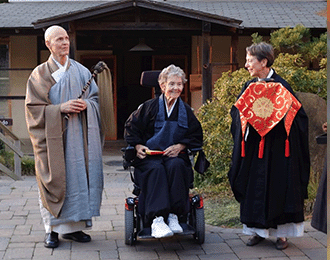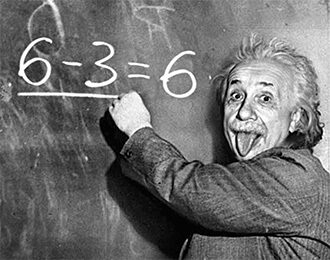The Distinction Between a Yoga Therapy Session and a Yoga Class

Yoga International – Updated for October 2021
Author: Gary Kraftsow
Although yoga as a practice is therapeutic, there are significant differences between a yoga teacher and a yoga therapist and between a yoga class and a yoga therapy session. Clarity about these differences is helpful for the teacher/therapist, as well as for the student/client. We will look at this distinction from the perspectives of the yoga student, the yoga therapy client, the yoga teacher, the yoga therapist, the yoga class, and the yoga therapy session.
THE YOGA STUDENT
There are many reasons why students go to a yoga class or seek out private yoga instruction. To make a sound decision, students would do well to look deeply at their intentions for seeking out yoga education, yoga instruction, or yoga therapy. Yoga provides the tools for a process of self-investigation and self-development that ultimately guides practitioners toward self-realization. However, the general public still sees yoga as a system of exercise. Students most often go to a yoga class to exercise in a venue with a like-minded community. Those who come to understand that yoga is more than exercise may look for instruction to explore its other aspects, such as pranayama or meditation. Regardless of the intention, they will gain some benefit by learning and practicing yoga.
THE YOGA THERAPY CLIENT
When clients seek out a yoga therapist or a therapeutic group, they are usually not coming to learn yoga, but to get help with or relief from some symptom or health condition that is troubling them. In most cases, the instruction focuses on their condition and how the yoga techniques can help them feel better or improve their function, rather than on the techniques or methods of yoga practice.
THE YOGA TEACHER
There are substantial differences between yoga teaching styles. Some teachers focus primarily on instruction, guiding students through their practices and helping them to practice correctly. The scope of instruction can range from asana to pranayama to meditation, but fundamentally, instructors using this style will guide the students in their practice. Other teachers seek to educate their students in how to practice, rather than—or in the midst of—guiding the practice itself. This teaching style empowers students to guide their own experience, whether they are practicing alone or in a group setting. In either case, good teachers are able to choose appropriate practices that meet the interests and abilities of their students. Whether their style is instructional or educational, yoga teachers focus on teaching the various yoga methods in a correct and appropriate way.
THE YOGA THERAPIST
Rather than focusing on yoga methods and practices, yoga therapists fundamentally focus on their clients’ needs. Their job is to understand why their clients have come to see them and determine what they can do to support them. To help them in their work, therapists are trained to assess clients through listening, questioning, observing, and appropriately touching. Therapists look for ways to help their clients reduce or manage their symptoms, improve their function, and help them with their attitude in relation to their health conditions. After assessing clients, therapists establish appropriate goals, develop a practice intervention, and then teach clients to practice that intervention. In this sense, therapists choose yoga techniques in relation to how they will specifically benefit individual clients.
Rather than focusing on yoga methods and practices, yoga therapists fundamentally focus on their clients’ needs.
THE YOGA CLASS
Yoga teachers may offer a variety of yoga classes, including classes for individuals or groups of people with specific conditions. Common examples include yoga for pregnant women, yoga for heart patients, and yoga for cancer survivors. In these classes, good yoga teachers must learn the contraindications for working with people that have these conditions and respect those contraindications while teaching the students appropriate yoga. The intention in these types of classes is to teach these students how to practice yoga while respecting their health conditions.
THE YOGA THERAPY SESSION
The intention changes in yoga therapy sessions for individuals or groups with specific conditions. After an appropriate intake and assessment, therapists will often focus on the specific symptoms that trouble their clients and identify methods to help them manage those symptoms. Examples include helping clients with pain management, fatigue, or sleeplessness. In addition, the therapist’s role is to empower clients to take a more active role in their self-care. The therapist’s job is less about teaching yogic techniques and more about helping clients to overcome their challenges and gain independence. Hence, the job of the therapist represents a different focus, a different type of education, and a different skill set.
Commonly, students report great and even therapeutic benefits from their yoga classes, no matter which type of class they are attending. This occurs because of the inherent therapeutic potential of yoga, but it should not obscure the distinction between a yoga class and a yoga therapy session. Although the distinctions may seem subtle, it is important for the yoga student and the yoga therapy client to be clear about their intentions when seeking out yoga professionals. It is also extremely important for yoga professionals—whether teachers or therapists—to be clear about the intention and orientation of their work, honest about their level of training and understanding, and realistic about their skill sets. Although both yoga teaching and yoga therapy are valid and valuable professions, they are different. It is important that we as a yoga community become clear about these distinctions.






